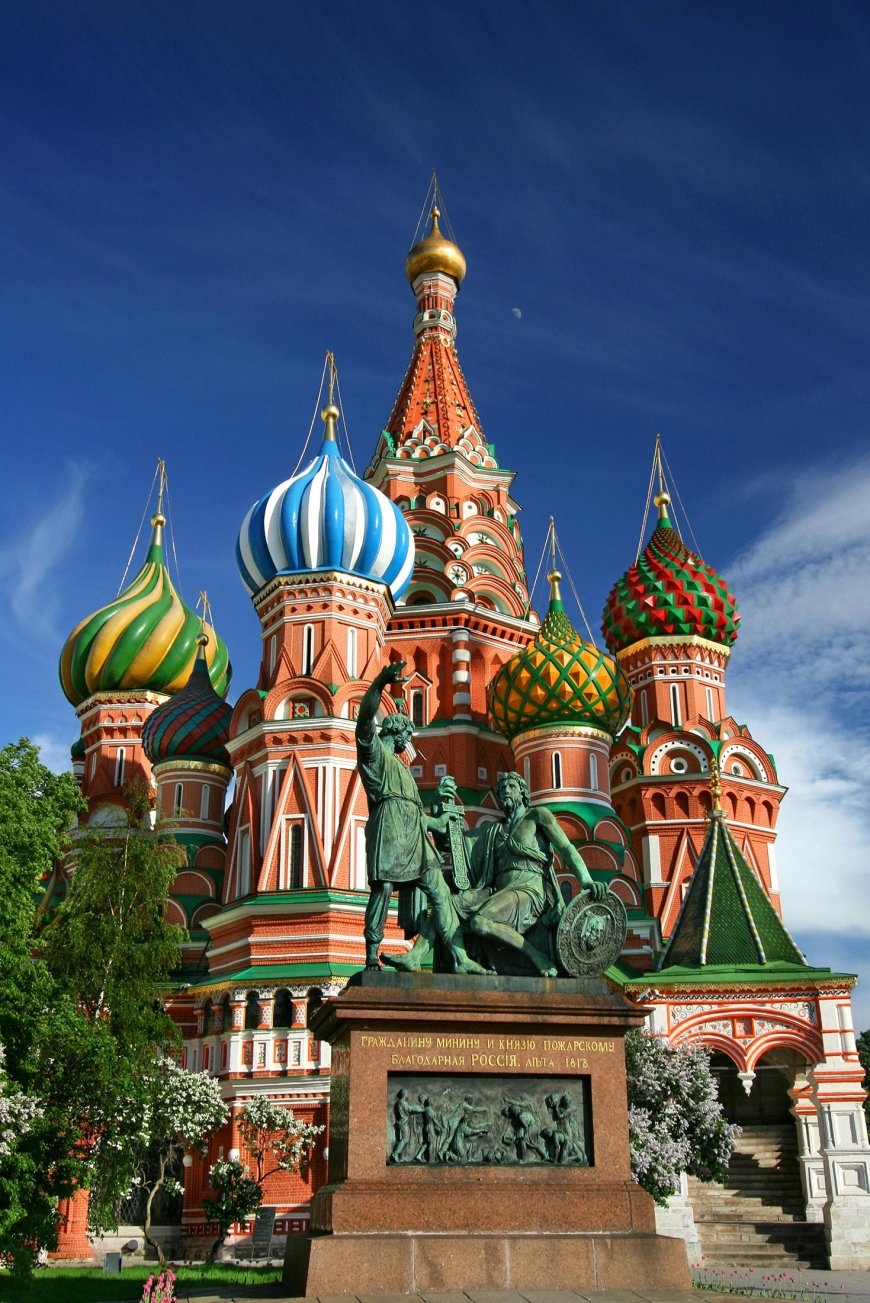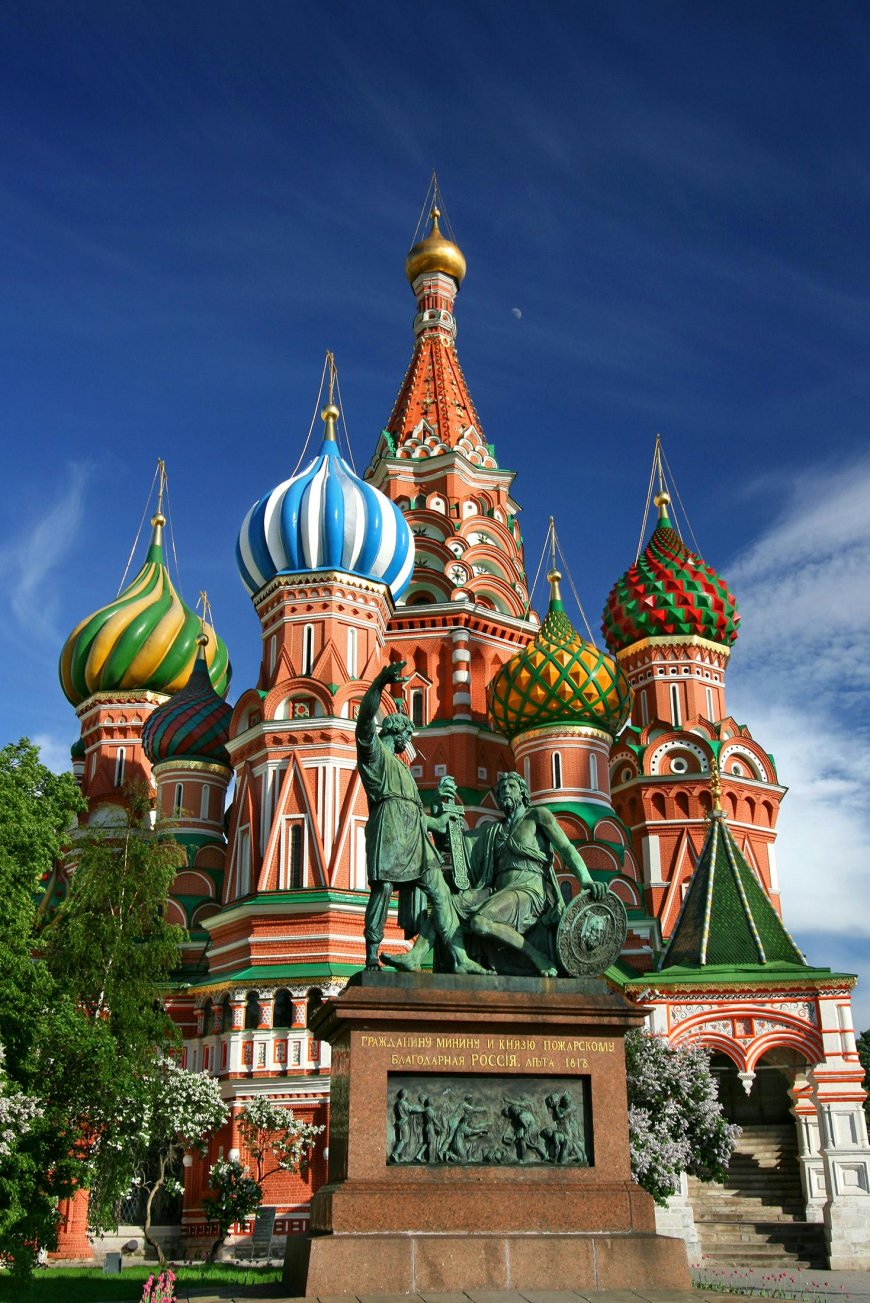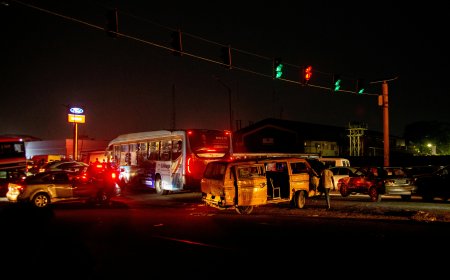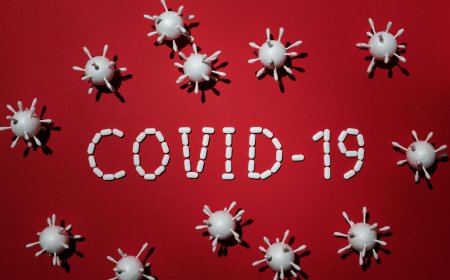Kremlin Cools Zelensky Talks as Trump Warns Putin May Not Seek Peace
Trump pushes for Putin-Zelensky talks, but the Kremlin signals caution, raising doubts over Russia’s willingness for peace.

A Fragile Push for Peace
The possibility of a direct meeting between Russian President Vladimir Putin and Ukraine’s Volodymyr Zelensky has once again captured headlines. Yet, just as momentum seemed to build, the Kremlin quickly stepped in to dampen expectations.
Former U.S. President Donald Trump—fresh from meetings with Putin in Alaska and later with Zelensky and European leaders in Washington—has positioned himself as a broker of potential peace. But in candid remarks, Trump acknowledged what many analysts have long suspected: Moscow may have little genuine interest in striking a deal.
As war fatigue grows in both Europe and the United States, the political theater surrounding these discussions underscores just how complex and fragile the road to peace remains.
Trump’s Diplomatic Gamble
Speaking on conservative radio, Trump admitted the conflict was “a tough one” and warned that Putin might not be serious about negotiations. His words marked a notable shift in tone. Previously, Trump had projected confidence that he could secure a ceasefire quickly. But recent talks with Zelensky and NATO allies appear to have reshaped his view of the impasse.
“I think we’re going to find out about President Putin in the next couple of weeks,” Trump said. “It’s possible he doesn’t want to make a deal.”
The former president added that while he would attend a direct meeting between the two leaders “if necessary,” he preferred to see whether Putin and Zelensky could first test the waters themselves.
Kremlin’s Calculated Response
Moscow, for its part, has been characteristically cautious. Foreign Minister Sergei Lavrov stressed that any summit must be “prepared gradually, starting with experts before reaching the leadership level.” This standard Kremlin line often signals a desire to delay or dilute expectations.
Deputy UN envoy Dmitry Polyanskiy echoed that sentiment, insisting that Russia had not dismissed the idea outright but warning against “a meeting for the sake of a meeting.”
Such rhetoric highlights a strategic ambiguity: the Kremlin leaves the door open, but only on terms designed to preserve leverage.
A Proposal Kyiv Couldn’t Accept
Reports suggest Putin floated the idea of Zelensky traveling to Moscow for talks—an option highly unlikely to be accepted by Ukraine. For Kyiv, agreeing to such a venue would signal weakness and risk undermining its sovereignty.
Analysts believe the suggestion was less an invitation than a calculated move: a proposal so unrealistic that rejection was inevitable, thereby allowing Moscow to claim it was not the intransigent party.
This tactic reflects Russia’s broader approach since the war began—mixing overtures with demands that Kyiv cannot possibly meet, all while maintaining the narrative that it remains “open” to dialogue.

Europe’s Pressure and NATO’s Role
While Trump sought to test Putin’s willingness to negotiate, European leaders used recent meetings in Washington to push their own priorities. Chief among them: binding security guarantees for Ukraine.
NATO’s military chiefs convened virtually this week, while Britain’s defense chief Admiral Tony Radakin traveled to Washington to discuss a potential reassurance force in Ukraine. The presence of such guarantees would serve not only as a deterrent to future aggression but also as a lifeline to Kyiv’s sovereignty in any peace framework.
European leaders reportedly pressed Trump hard on this point, emphasizing that any deal without robust security commitments would leave Ukraine vulnerable to renewed Russian offensives.
The Human Cost Behind the Politics
Beyond the high-level negotiations, the war continues to devastate ordinary Ukrainians. In Kyiv, families live under constant threat of drone and missile attacks. In frontline cities, civilians endure daily shelling, their homes reduced to rubble.
For soldiers on both sides, the grinding conflict has become a test of endurance rather than maneuver. Ukrainian conscripts cycle between battered trenches and rest days in overcrowded barracks, while Russian recruits face low morale and stretched supply lines.
Against this backdrop, the talk of peace feels both urgent and painfully distant. Many Ukrainians remain skeptical of Moscow’s intentions, fearing that any rushed settlement would amount to a temporary pause before the next invasion.
Trump’s Balancing Act
Trump’s evolving stance illustrates the difficulty of brokering peace in a conflict defined by irreconcilable demands. On one hand, he recognizes that Zelensky cannot agree to terms that jeopardize Ukraine’s sovereignty or territorial integrity. On the other, he understands that Putin cannot afford to retreat without tangible gains he can present to his domestic audience.
Caught between these realities, Trump appears to be adjusting his rhetoric. Where he once spoke confidently of a ceasefire, he now advocates moving directly toward a permanent settlement—an acknowledgment that anything short of that would likely collapse.
This recalibration may also reflect political considerations at home. Voters in the U.S. remain divided over foreign commitments, but fatigue over prolonged conflicts runs deep. Presenting himself as a realist rather than an idealist could help Trump sustain credibility as a potential peacemaker.
What Lies Ahead
For now, the immediate future seems unlikely to produce a breakthrough. The Kremlin will continue to stall, framing itself as reasonable while avoiding concessions. Kyiv will hold firm on territorial integrity, bolstered by European allies demanding stronger security guarantees. And Trump will navigate the fine line between bold promises and sobering realities.
Still, the fact that both Putin and Trump raised the prospect of direct talks—even if only in passing—suggests a recognition that the status quo cannot last indefinitely. The war has drained resources, tested alliances, and reshaped global geopolitics. Pressure for a resolution, however distant, will only grow stronger.
Conclusion: A Narrow Window, If Any
The latest flurry of diplomatic maneuvering reveals more about what divides the parties than what unites them. Trump may wish to play the role of mediator, but even he now concedes that Putin’s appetite for peace remains uncertain.
For Ukrainians, the stakes are existential. For Moscow, the war has become a costly gamble with no easy exit. And for the West, the challenge lies in maintaining unity while avoiding the appearance of fatigue.
Whether a path to peace exists will depend less on diplomatic theater and more on hard choices—choices that, so far, neither Moscow nor Kyiv seems ready to make.
FAQs
1. Why did Trump suggest Putin and Zelensky meet without him?
Trump argued it would be better for the two leaders to test talks independently before involving a third party, though he said he would attend if needed.
2. Did Putin invite Zelensky to Moscow for talks?
Reports indicate Putin floated the idea, but Ukraine is unlikely to accept, as it would undermine Kyiv’s sovereignty and bargaining position.
3. What role is NATO playing in the peace discussions?
NATO leaders are focused on ensuring Ukraine’s long-term security, exploring commitments such as reassurance forces and military guarantees.
4. Why is Russia cautious about a direct summit?
The Kremlin prefers a gradual process, signaling openness while avoiding concrete commitments that could weaken its leverage.
5. Is a ceasefire still possible in the near term?
Trump initially pushed for one but now emphasizes a permanent settlement, reflecting the difficulty of sustaining any short-term ceasefire.
What's Your Reaction?
 Like
0
Like
0
 Dislike
0
Dislike
0
 Love
0
Love
0
 Funny
0
Funny
0
 Angry
0
Angry
0
 Sad
0
Sad
0
 Wow
0
Wow
0




































































